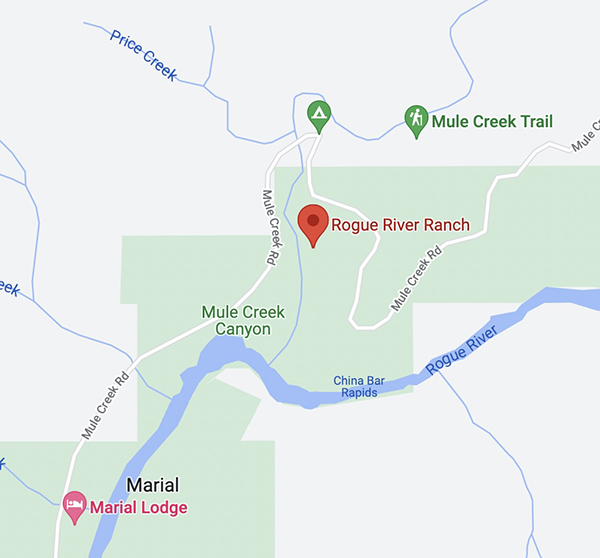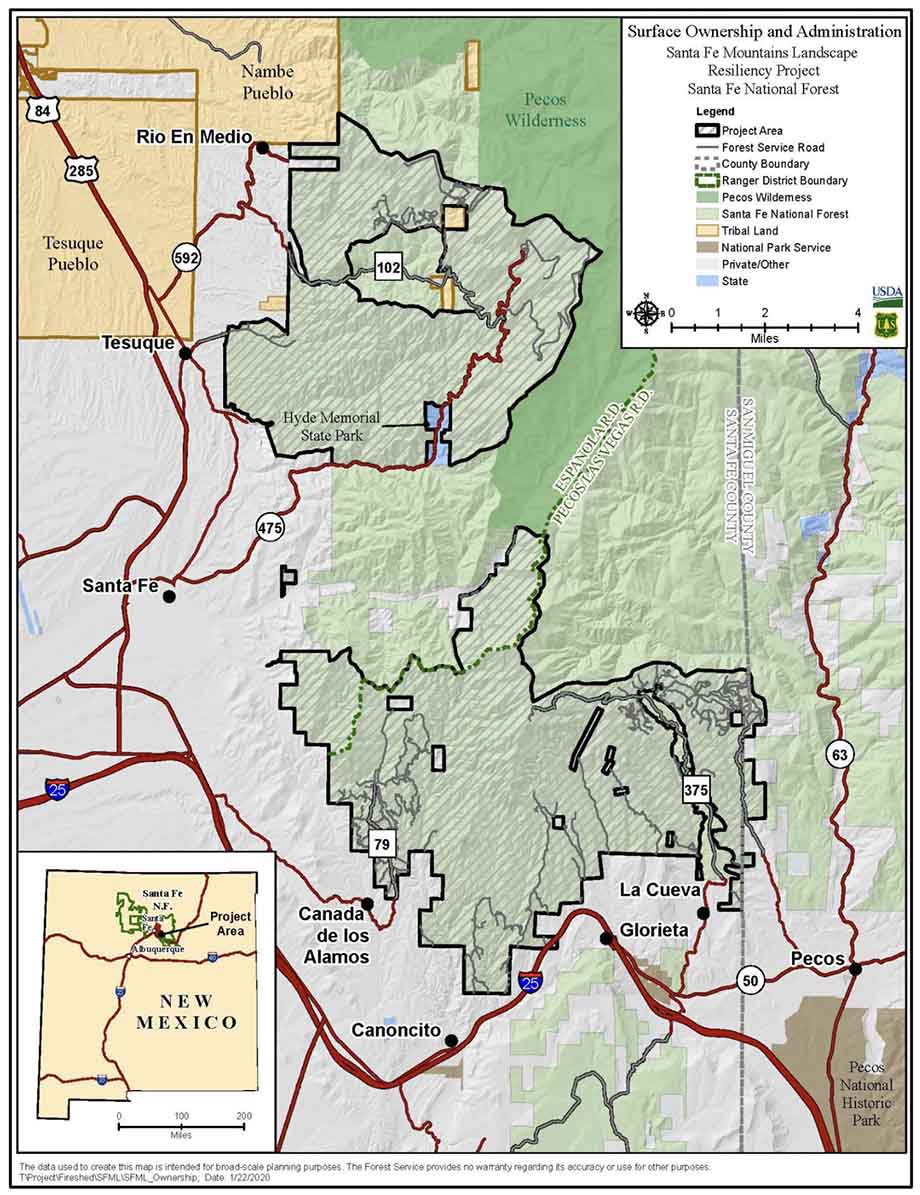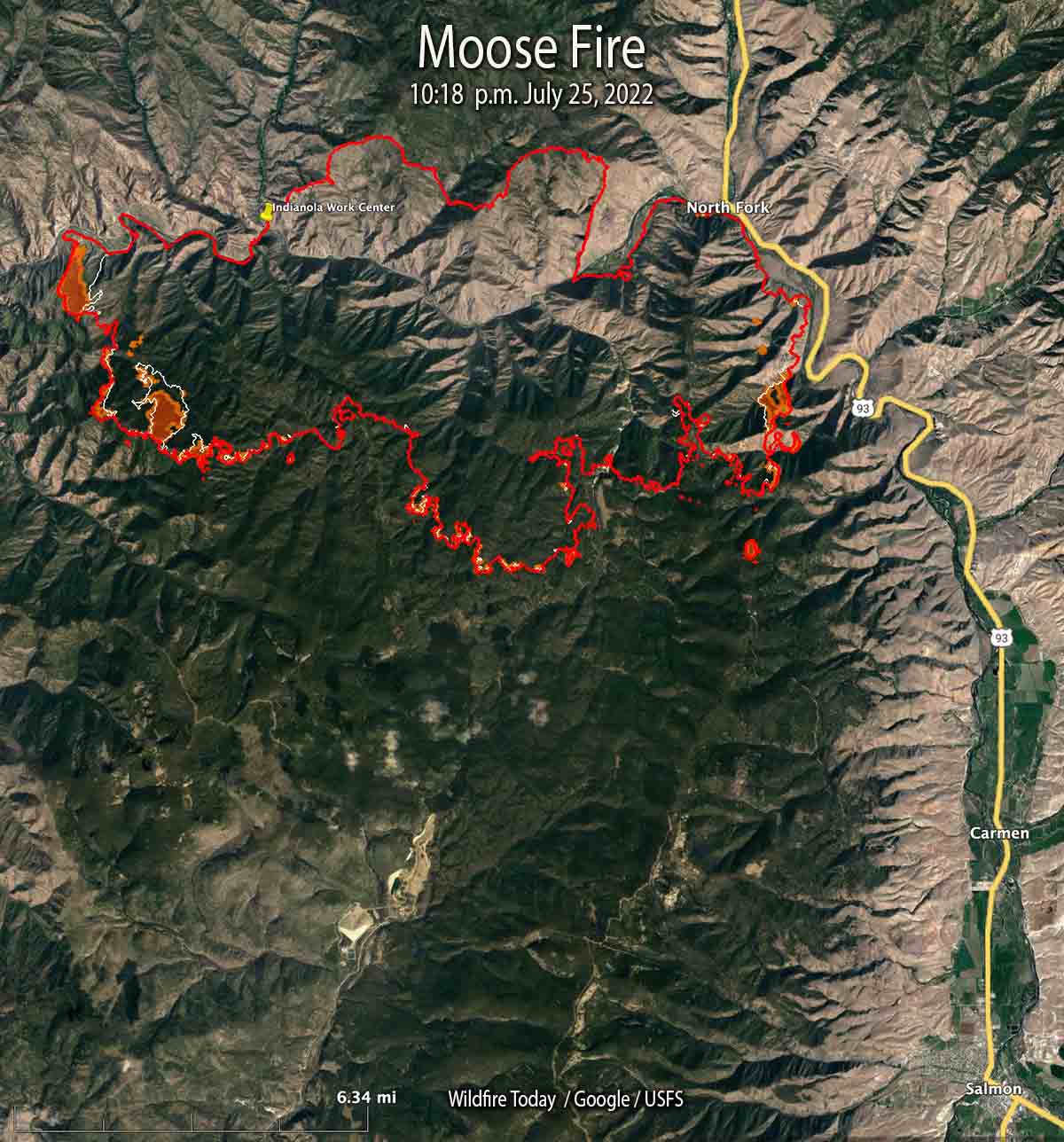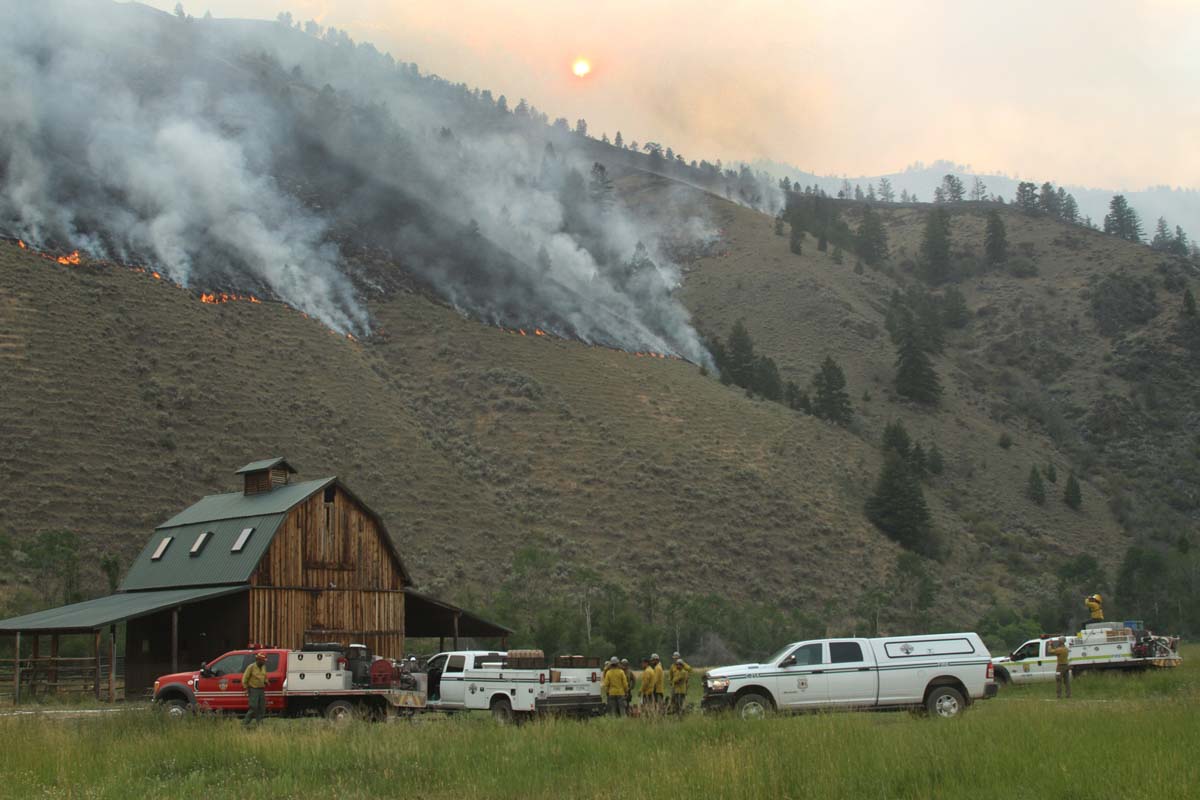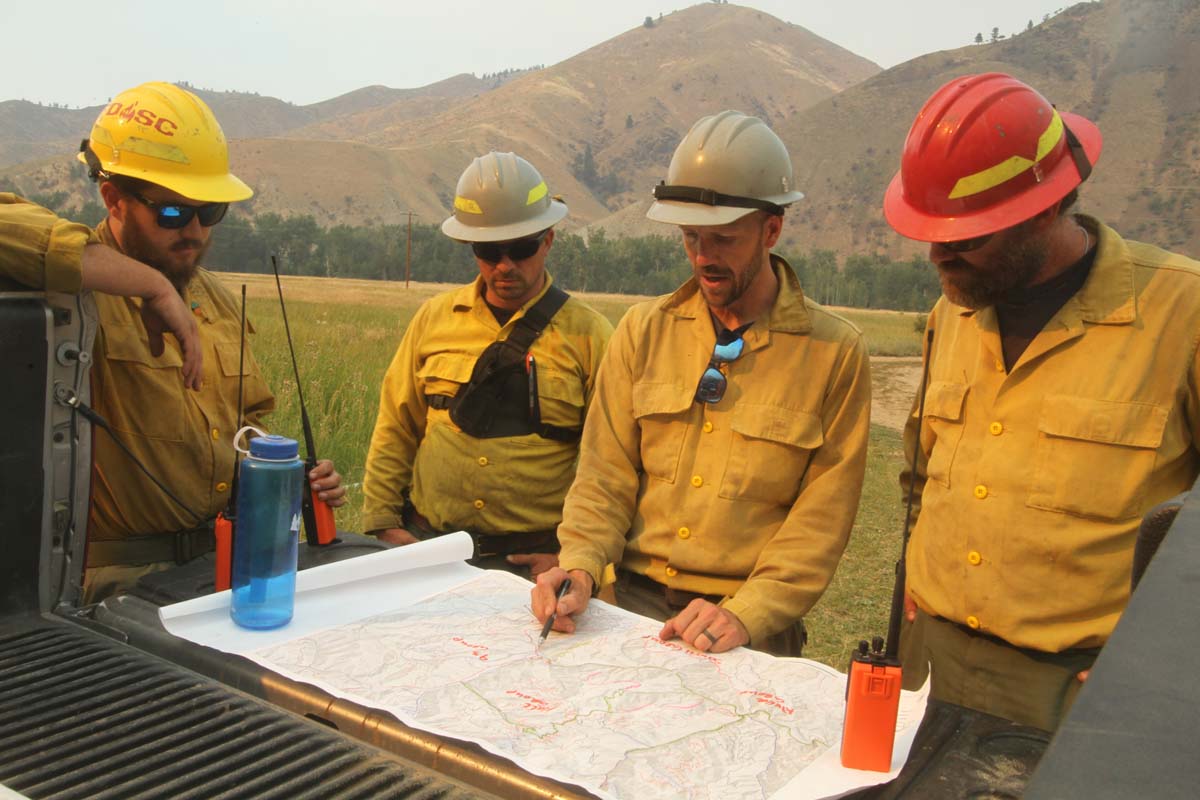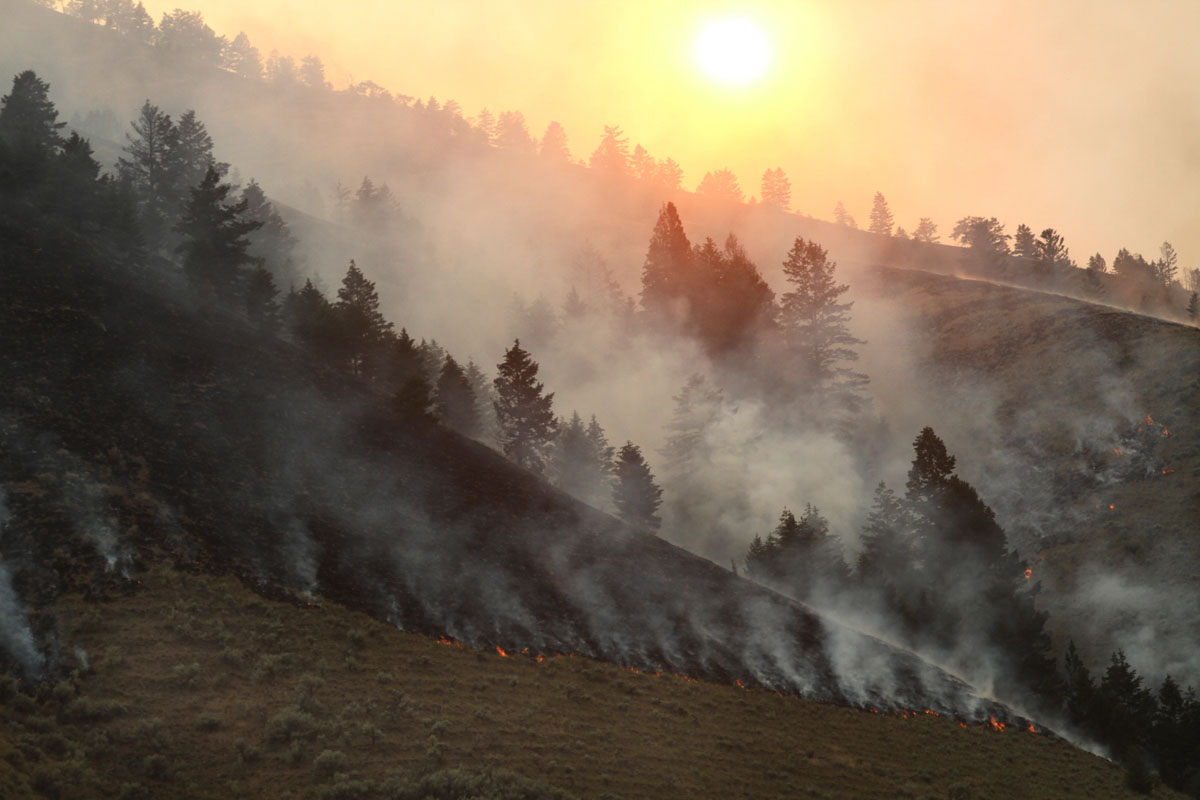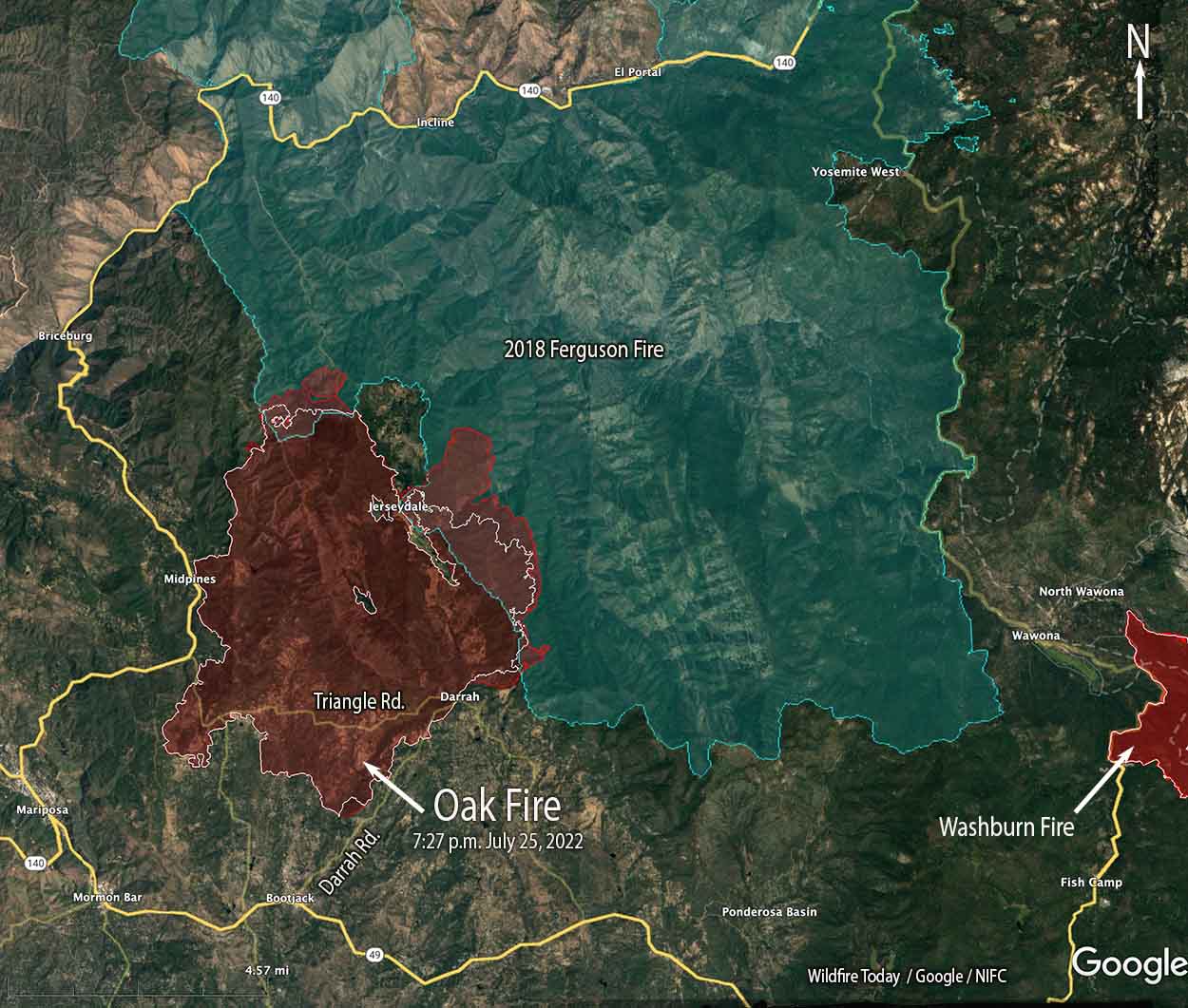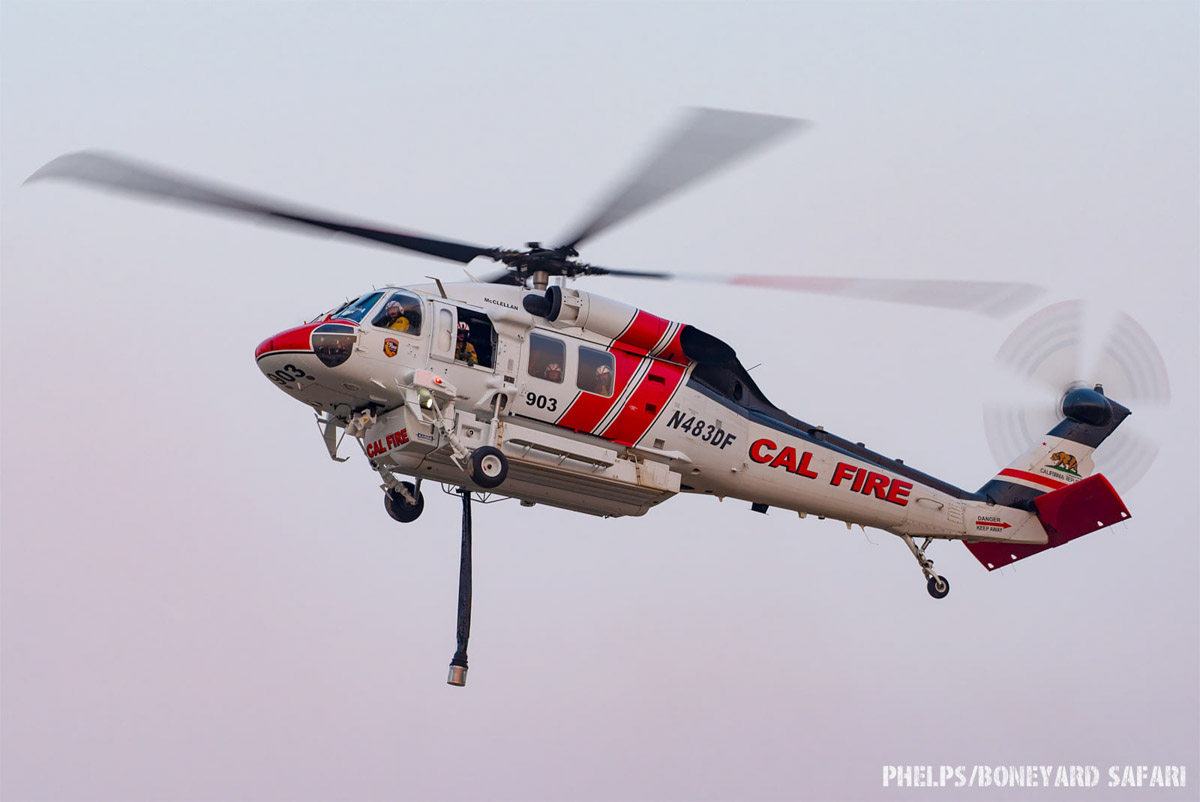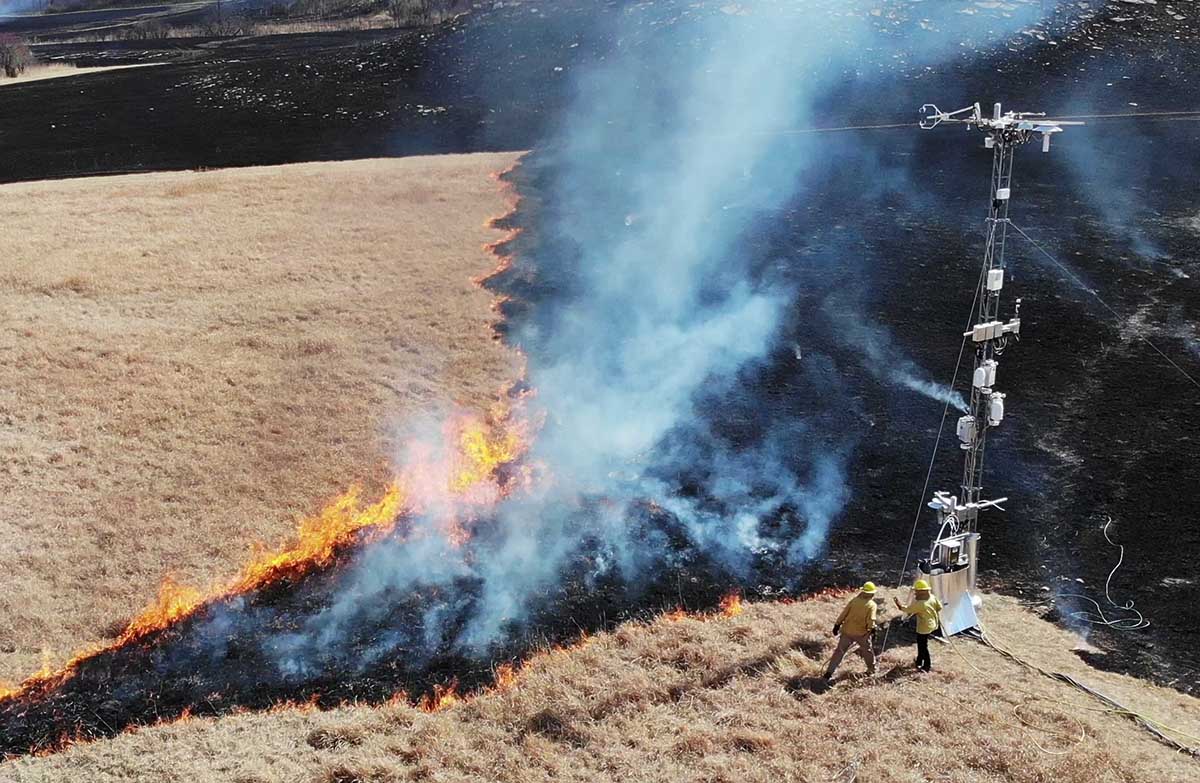
Scientists recently deployed a complex array of sensors during a prescribed fire at the Konza tallgrass prairie in Kansas to collect a vast trove of data. It was immediately processed at the site using advanced computing technologies provided by a new platform called Sage.
Sage offers a one-of-a-kind combination that involves multiple types of sensors with computing “at the edge”, as well as embedded machine learning algorithms that enable scientists to process the enormous amounts of data generated in the field without having to transfer it all back to the laboratory. Computing “at the edge” means that data is processed where it is collected, in the field, while machine learning algorithms are computer programs that train themselves how to recognize patterns.
Sage is funded by the National Science Foundation and developed by the Northwestern-Argonne Institute for Science and Engineering (NAISE), a partnership between Northwestern University and the U.S. Department of Energy’s Argonne National Laboratory.

The advanced cyberinfrastructure deployed in Sage, which allows for on-the-spot detection, monitoring, and analysis of the burned area, could offer scientists and natural resources officials the ability to get ahead of forest fires with quickly analyzed, multi-instrumented data.
“When it comes to forest fires, time is absolutely of the essence,” said Argonne computational scientist and NAISE Fellow Rajesh (Raj) Sankaran. “Often, there’s no time to move data from the field — where high-speed connectivity might be an issue — to the lab. With Sage, we’re getting the pertinent information we need when we need it.”
The prescribed fire in the Konza prairie gave the researchers a large collection of data — almost 60 DVDs worth — full of information about the progression of smoke and fire. This data can be used to educate a machine learning algorithm that can make further determinations of the behavior of other fires in real time.
After the success of the Sage network in Kansas, future plans exist for the network to be deployed in California, Colorado, Illinois, and Texas as part of a network led by the National Ecological Observatory Network (NEON). Eventually, researchers hope to establish a continent-spanning network of smart sensors that could employ Sage technology.
“NEON is developing a mobile deployment platform that can complement land-based and aquatic sites all over the country,” Sankaran said. “Sage can play a supportive role in many different environments throughout the United States.”


